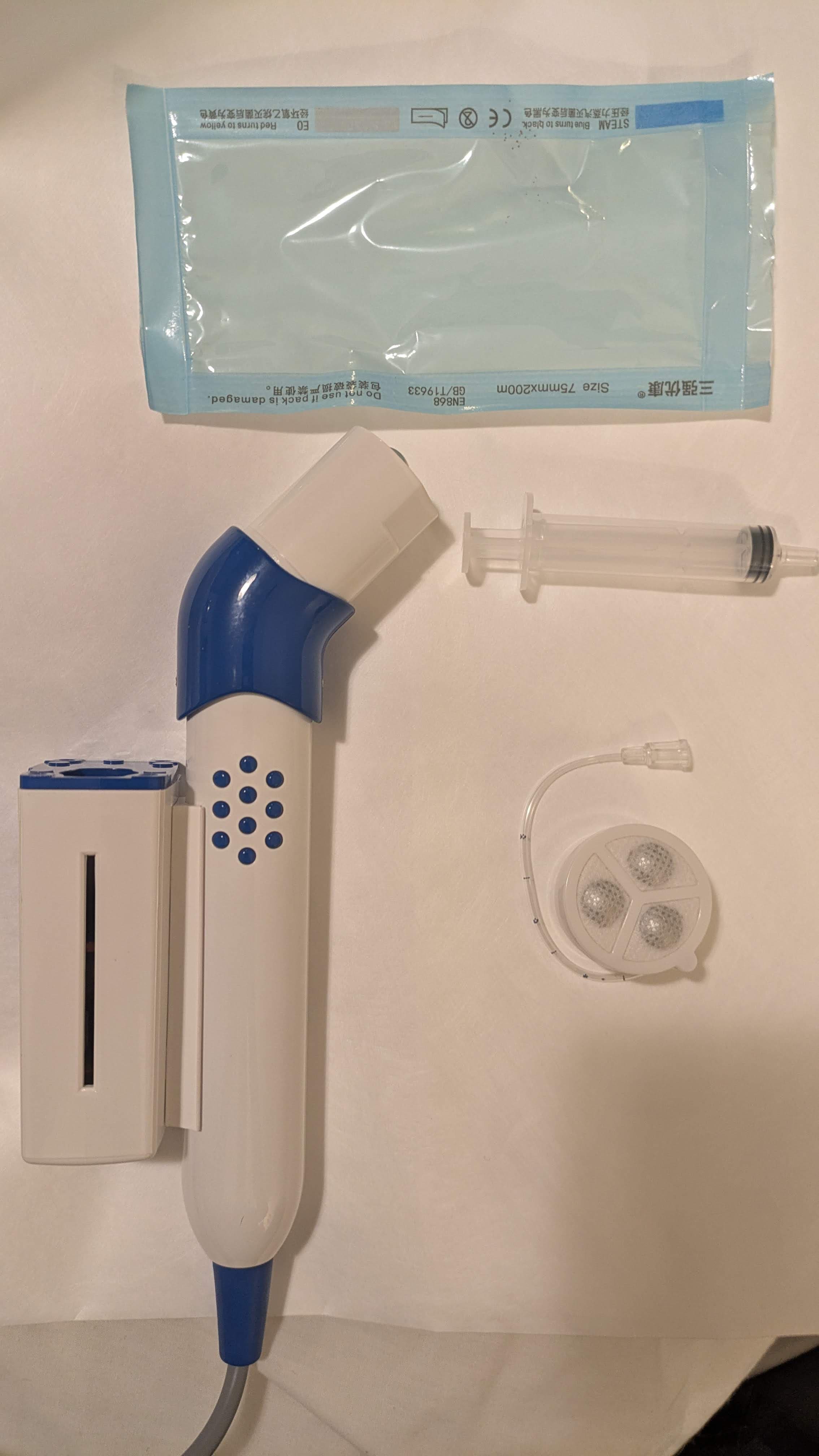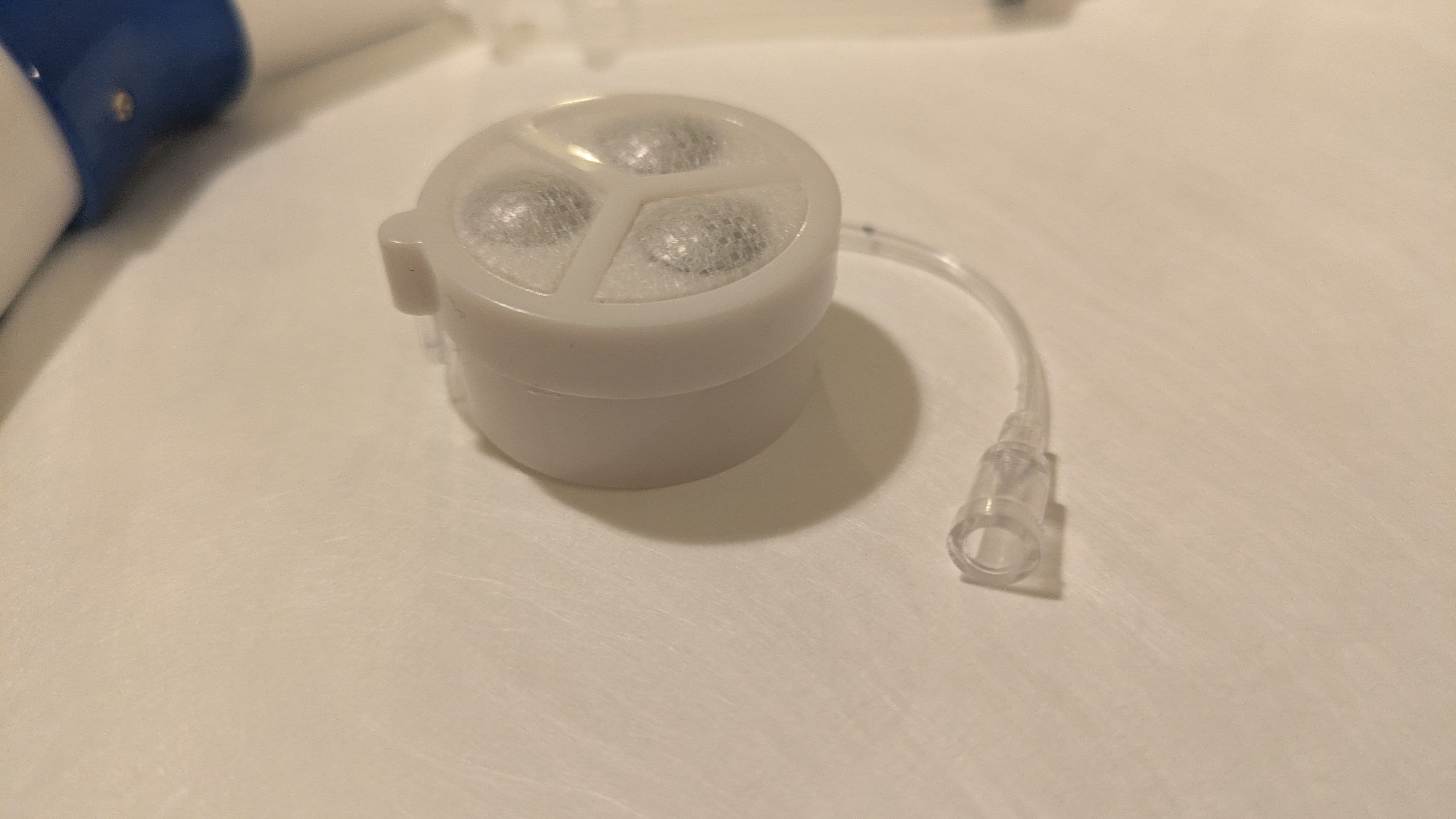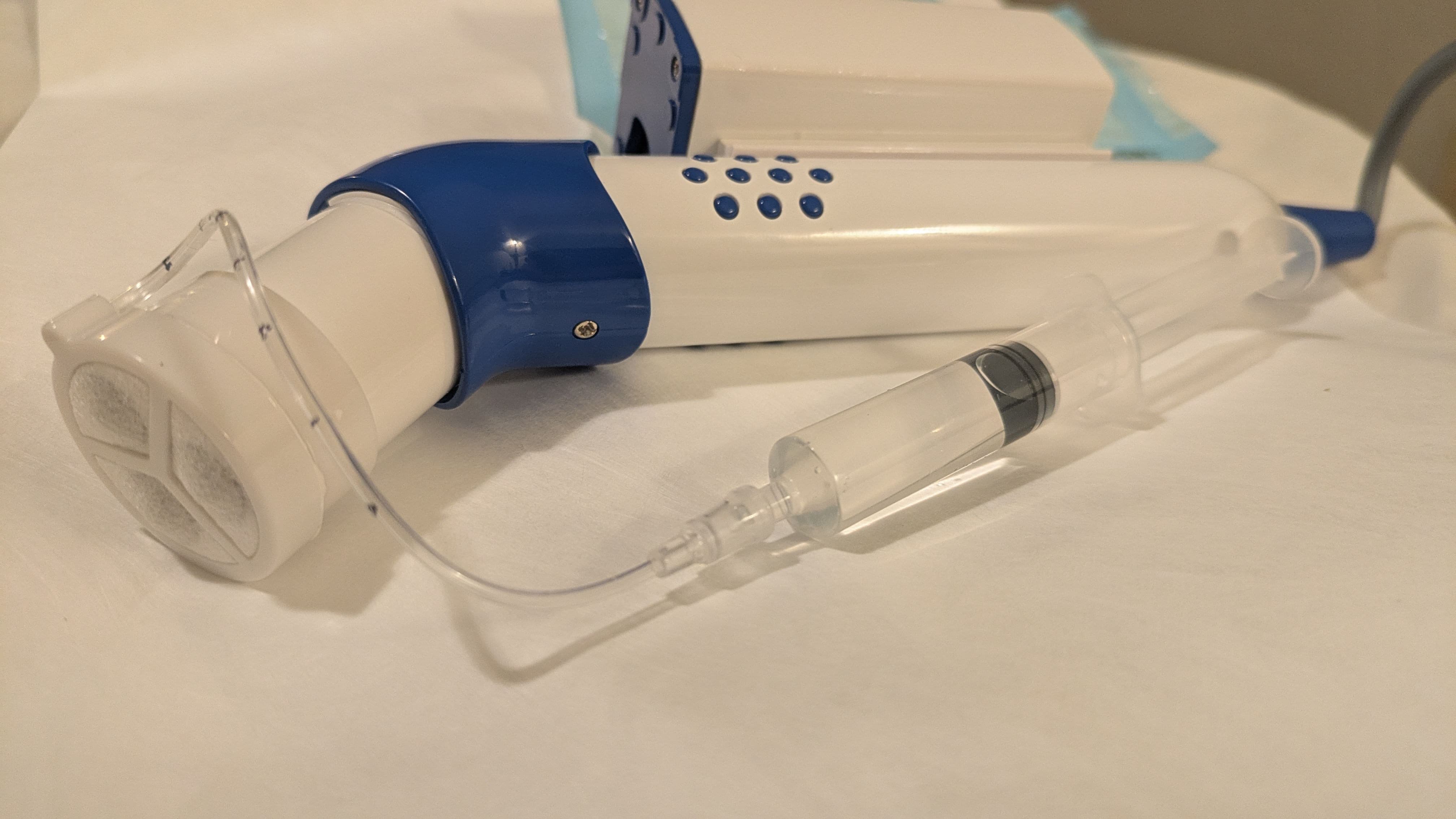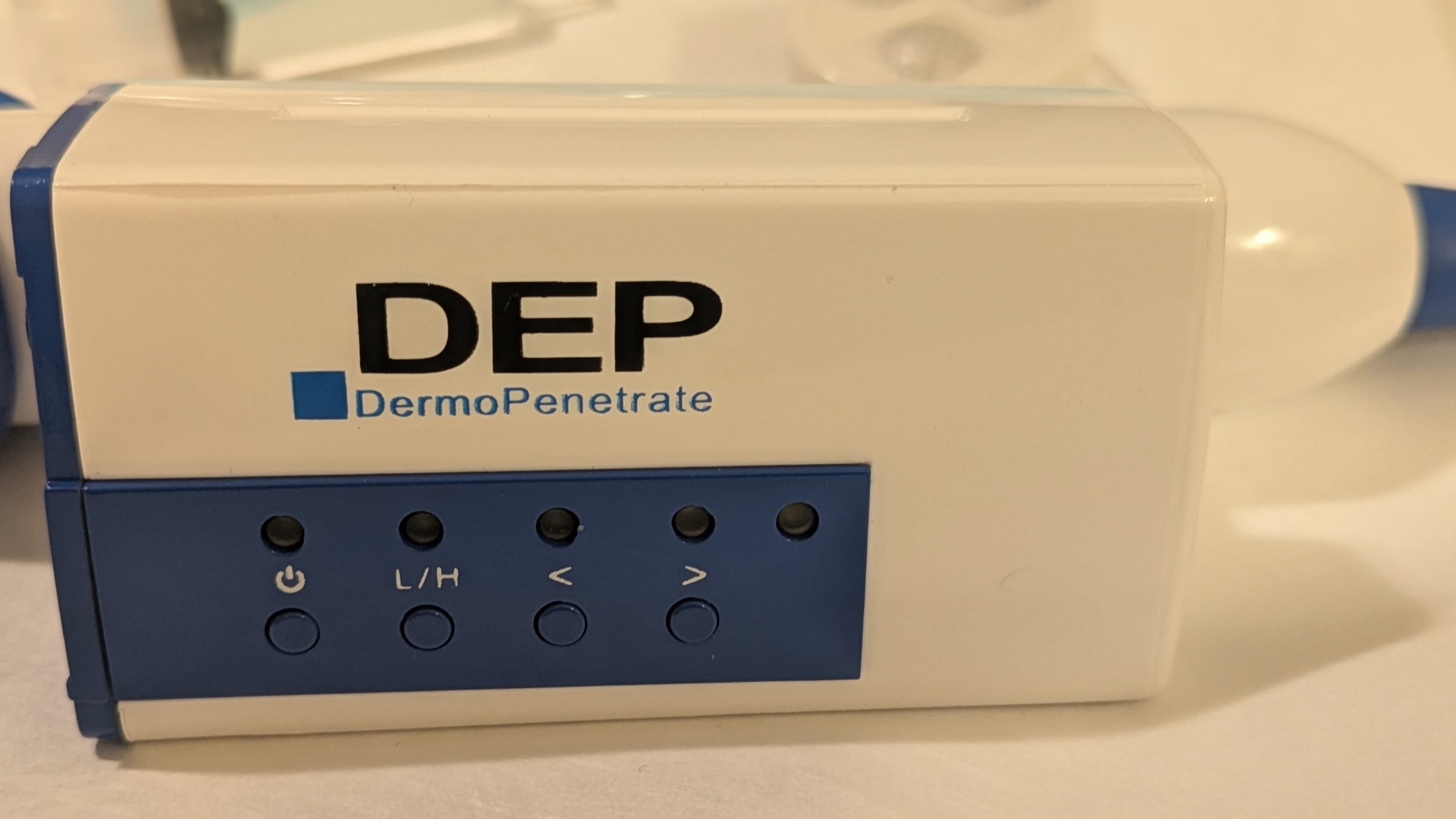I have to say, when I read this my eyes rolled around and the though of “not another device” came to mind…
I have a Dremel, and good cordless drills. There has to be some sort of “microdermabrasion” options for these device for the males in the audience…
Alas, ChatGPT did not come through:
Short answer: I was unable to find any consumer-oriented handheld microdermabrasion device that is explicitly marketed for body skin exfoliation using a standard rotary tool (such as a Dremel handset) or a “Dremel-style” spinning accessory designed for skin. Most at-home microdermabrasion devices are dedicated beauty/skin-care tools rather than repurposed rotary tools.
I mean I’m all in on new tech, but another sanding tool (ah, but this time optimized for skin…) seems like overkill. So - I’m not bought into it as of now.
I’m only half-kidding when I say that I think there is a huge unmet need out there for microdermabrasion drill bits and Dremel attachments for men getting into skin care ![]()
Thanks for the DEP Use instructions - good to get a quick summary!
On the issue of DEP with Radiesse - sure, chatGPT is frequently wrong. But I did query all the other AIs - Gemini, Claude, and Grok - and they all said basically the same thing. At the same time, I do agree with you that these systems are giving huge weights to the RCT studies that are published in great papers, so they are going to lag in their information and summaries in areas where there isn’t that much research, so they could all be off on this topic.
It would be interesting to have side-by-side comparisons of your DEP approach with Radiesse, vs. it done by a traditional mesotherapy needle approach and see if there is much difference (or perhaps if someone has / will try both approaches), it would be an interesting comparison.
On the botox example - I checked on Grok and they came back very positive on the DEP approach to doing botox. So yes - this could be another case where the AI systems are biased towards a conservative interpretation of the data. Have you ever tried the DEP approach to botox? Grok suggested it’s more common in Asia and Europe. The idea of “do it yourself” needle-less botox would seem to appeal to a broad market if it actually works.



